Houses, buildings, markets and emblematic avenues of the city resurge again with commercial activity, housing and services.
MERIDA — In recent years, the Historic Center of Merida has experienced a revival that, in the opinion of residents, business leaders, foundations, businessmen and habitual visitors, gives it new life and charm.
Remodeled and embellished by their owners, rescue programs of municipal and state governments, and in the last days by companies that rehabilitate them, the sites have now a different face in contrast to the past.
Hostels, hotels, inns, restaurants, coffee shops, galleries, multiple shops, offices and houses resurface like the phoenix, remodeled, painted and adapted to the needs of their owners around some traditional neighborhoods of the city.
Many of these places are embellished with trees and plants at their doors or with new windows and doors, according to the colonia area where they are located.
The same happens with parks, streets, passageways, avenues and emblematic buildings, as in Santa Ana, Santiago, La Ermita and the 64th street that goes from this place to the Arch of San Juan, or the neighborhoods of La Mejorada and Santa Lucía. This last one is one of those showing the most economic revival in the last five years.
In addition, the many cultural activities that take place in the so-called monuments area of the city, as well as sports and entertainment attract many people outside of those who circulate due to the commercial movement.
Also the multiple activities held in the downtown as “In the heart of Mérida”, which is held on Fridays at 60th Street; “The Mexican Night”, on Saturdays at the Paseo de Montejo Walkway; “La Vaquería” on Mondays at the gates of the Municipal Palace, and the “Pok ta pok” (Mayan ball game) on Fridays in the Cathedral, make this area of Mérida receive the admiration of everybody that comes to see.
To them are added “The nights of legend”, the serenades of Santa Lucia, the musical remembrances that take place on Tuesdays in Santiago, the nights of trova in the Museum of the Song, the Bike-Route, “Mérida on Sunday “, theaters and even the marathons that take place in centric streets.
All this means that Merida has not only local but also foreign vistas, such as the numerous neighbors of other countries who have adopted the city as their second residence and who have chosen the tranquility of some neighborhoods at the Center to establish themselves.
After acquiring and remodeling their estates, they live adapted to the customs of the region and they walk as anybody else through streets and markets, in search of healthy, fresh and organic products.
“My best customers are now the Americans”, commented smiling a woman at the market Lucas de Galvez when asked how currently her sales were going.
“They like to buy lots of fruit and vegetables, only the most fresh. They take it, they see it complete, they smell it and they take it, they even come with their sabucanes (A traditional bag commonly used in the region by the people when going to the market), you will believe, they only need to ask for a reduction like the ones here, but they do not, they pay what you ask them and if they think it’s expensive they go elsewhere and you lose the customer,” she said.
The Historical Center of Mérida was decreed under the legal term of Historical Monuments Zone, published in the Official Gazette of the Federation on October 18, 1982.
It is considered the Historical Center with the second largest extension in the country, with an area of 8,795 km2 comprising 3,906 buildings with historical value built between the 16th and 19th centuries and 633 buildings declared Historic Monuments.
According to data from the subdivision of Economic Development, nowadays in this area are located about 19,950 properties, including those cataloged by the National Institute of Anthropology and History as Historical Monuments.
Among the land uses in this area are 13 cellars, 96 meeting centers, 4,712 shops, 131 for private education, 66 for public education, 66 for cultural use, 21 for events, and 19 for private recreational use.
Other land uses include: 187 parking lots, 181 government buildings, 400 for industry and seven for infrastructure, as well as 225 offices, 470 for the private health sector, 8 for the public health sector, 3,049 for service, 15 churches, 21 parks and 10,294 for housing and different uses.
Source: www.debate.com.mx


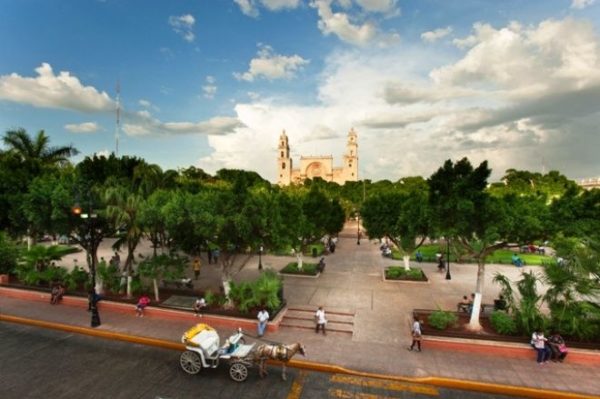
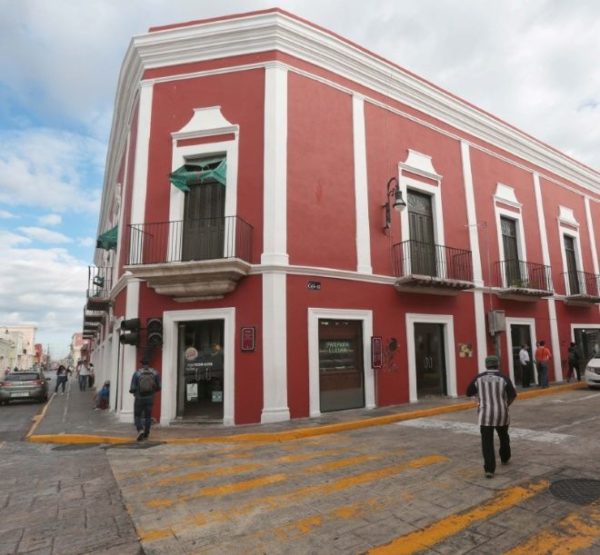
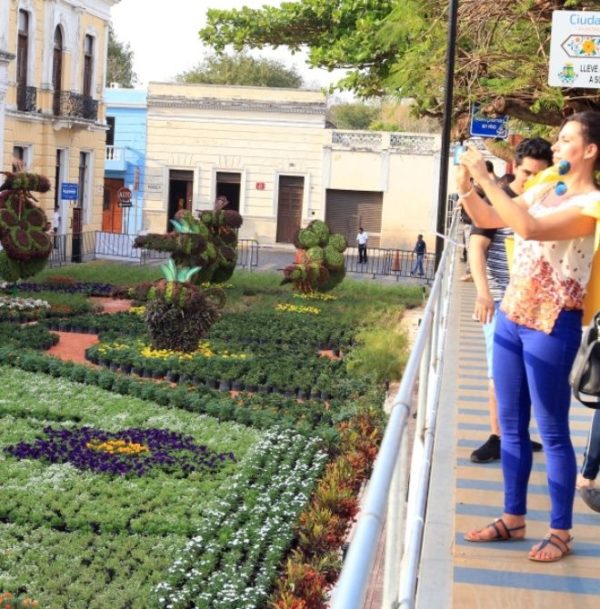
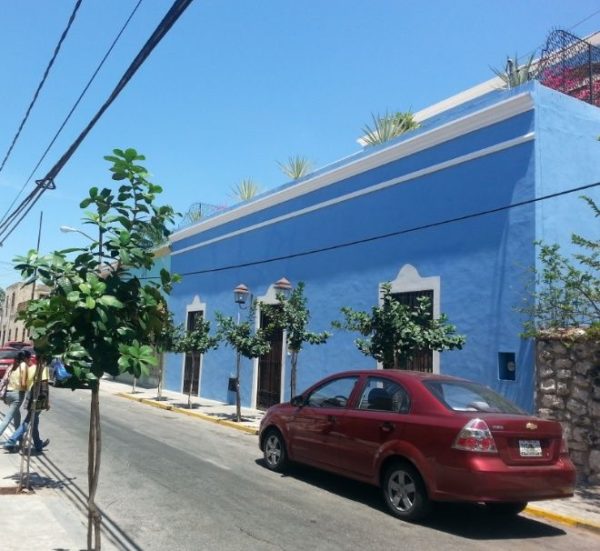
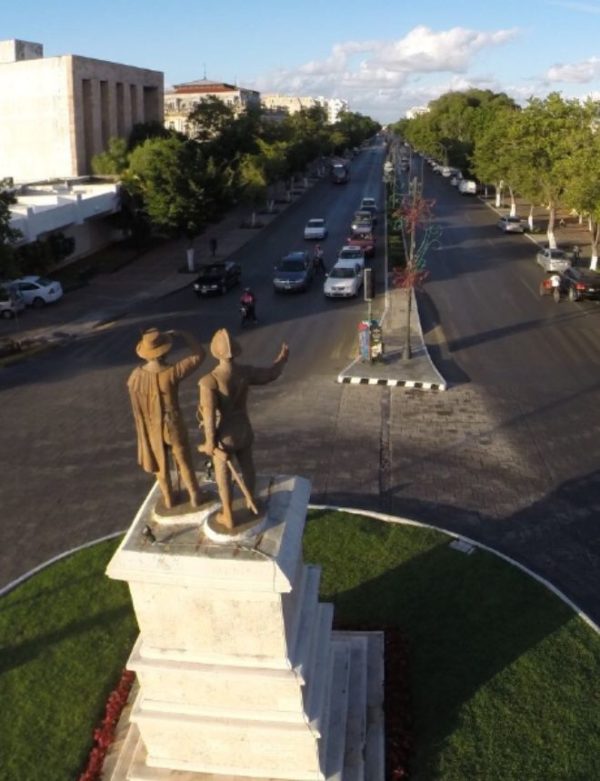

1 comment
Awesome thank you for sharing your wisdom and insight of a beautiful world….